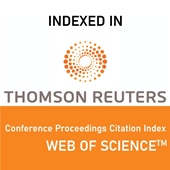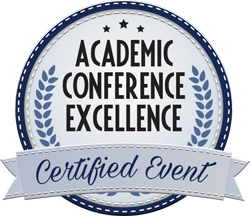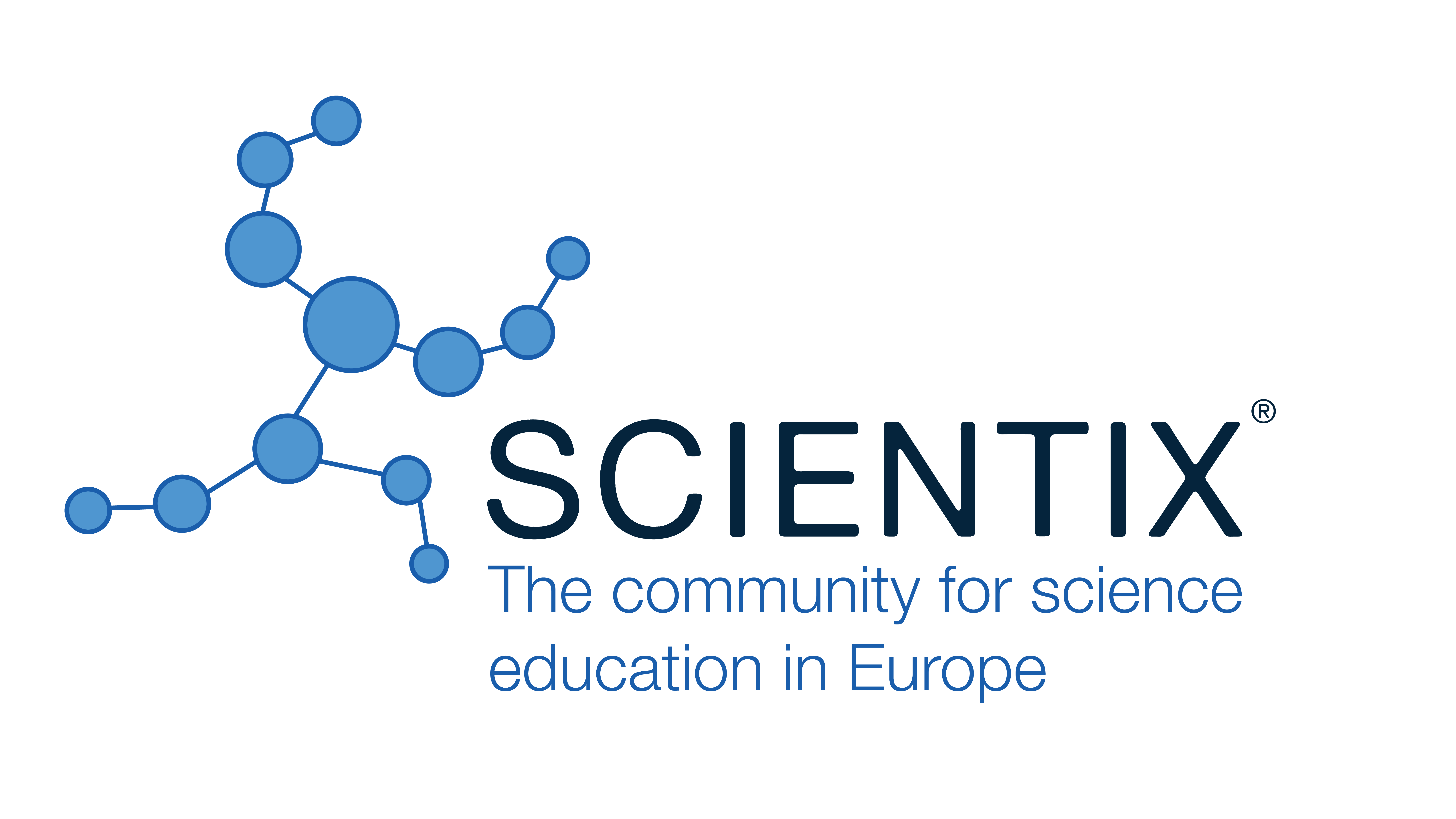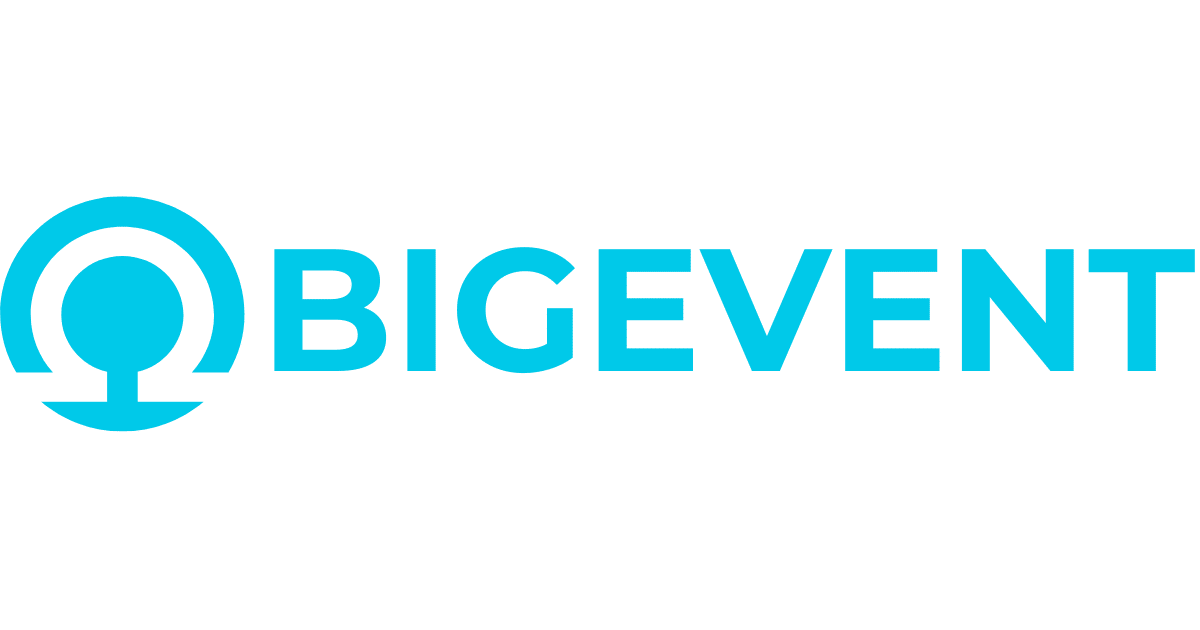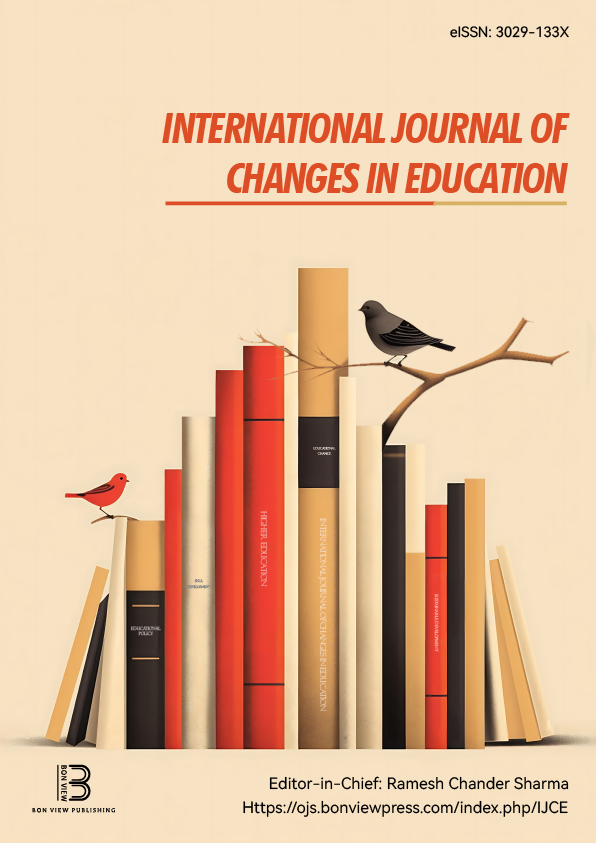Disabled Students Post-School Transitions in Ireland
Selina McCoy, Economic and Social Research Institute, Dublin (Ireland)
Abstract
Disabled youth are less likely to attain and maintain competitive, integrated employment or pursue postsecondary education (Chatzitheochari & Platt, 2019; Newman & Madaus, 2015). These gaps have been linked to individual characteristics and home and school factors. A large-scale study in Ireland asks why disabled young people end up on particular post-school pathways, what factors influence their decisions and what are their experiences (McCoy et al., 2025). Enjoyment of school stemmed from the social connections created and the feeling of belonging. For some, it was related to the supports made available to them, and genuine involvement of the student in the process made them feel much more part of the school community. Transition preparation was generally seen positively but dissatisfaction related to having their disability recognised and accessing suitable supports. Many disabled students expressed dissatisfaction with school preparing them for adult life, independent living and career decisions and were less likely to report being encouraged to pursue education or training and to feel adequately supported in such decision-making. Disability status, and complexity of need, as well as family background play a key role in shaping young people’s life expectations. Fewer disabled students, particularly those with multiple conditions, believed they had the same opportunities as their peers and were also less likely to feel that they had the same plans as their peers. Across mainstream and special schools, the importance of high expectations for all students is clear and young adults across the study pointed to disability labels unfairly impacting on the expectations others held for them.
|
Keywords |
Post-school transitions, disabled students, social background, Ireland |
|
REFERENCES |
[1] Chatzitheochari, S., & L. Platt (2019). Disability differentials in educational attainment in England: Primary and secondary effects. The British Journal of Sociology, 70(2), 502– 525. [2] McCoy, S., Ye, K. and Carroll, K. (2025). Paths, Tracks, Gaps and Cliffs: Supporting the Post-School Transitions of Students with Special Educational Needs, Dublin: National Council for Special Education. [3] Newman, L. A., and J.W. Madaus. (2015). An analysis of factors related to receipt of accommodations and services by post-secondary students with disabilities. Remedial and Special Education, 36, 208–219. doi:10.1177/0741932515572912. |
 The Future of Education
The Future of Education
